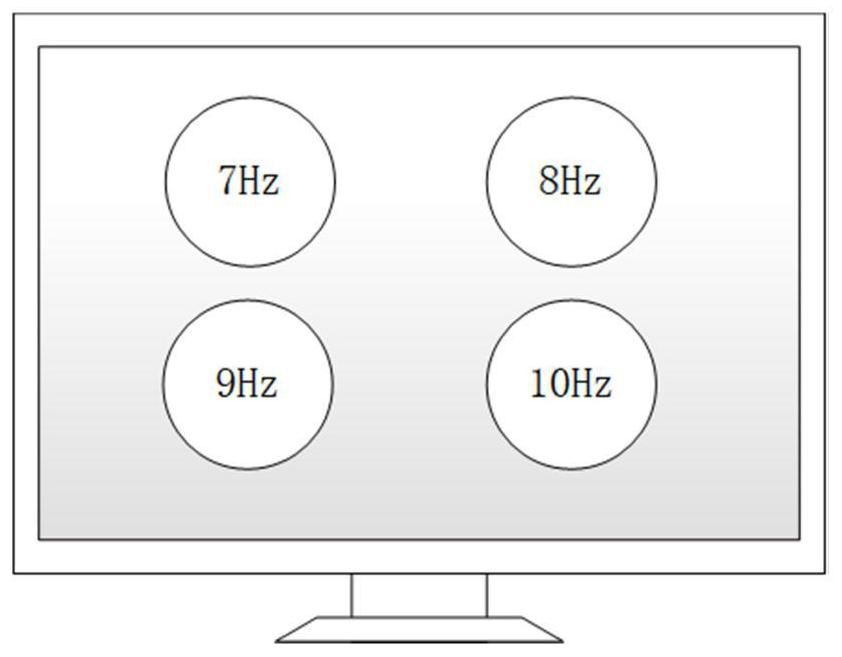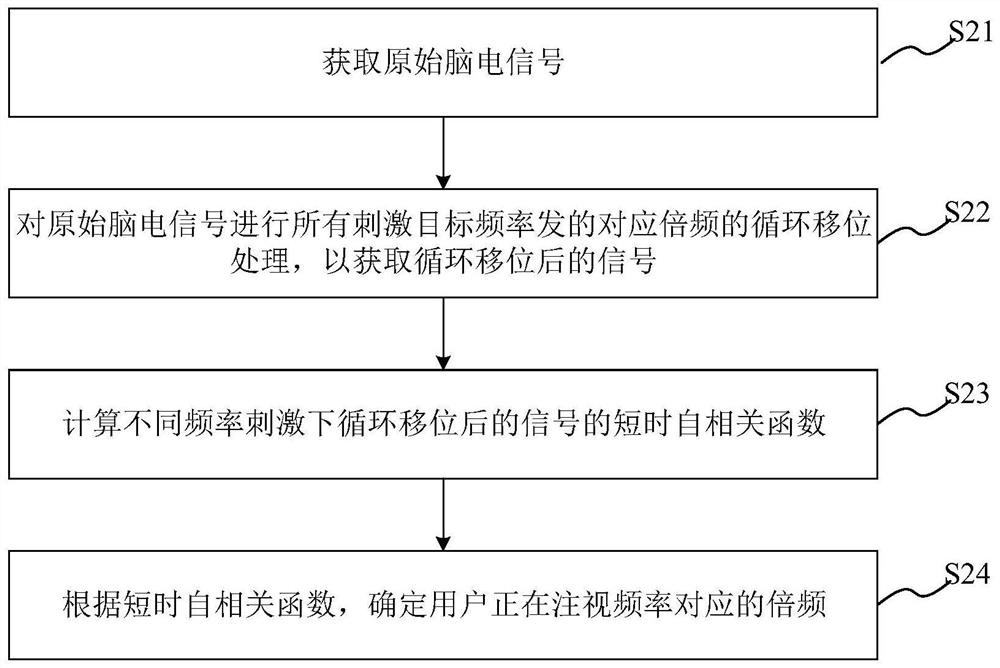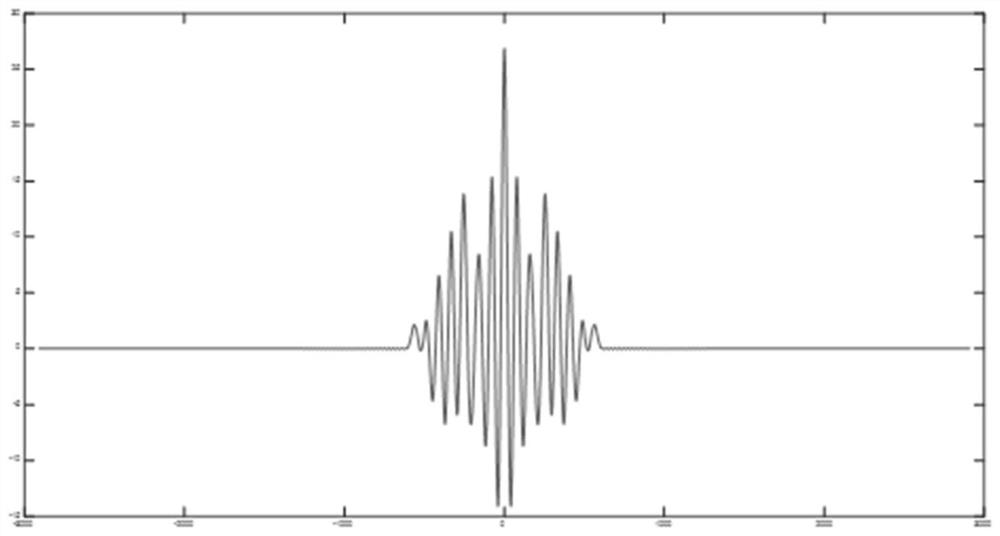Detection method, system, medium and device for brain-computer interface based on EEG signal
A technology of EEG signal and brain-computer interface, which is applied in the field of blind detection calculation of brain-computer interface, can solve the problems of inconvenient use, and achieve the effect of improving detection accuracy, high recognition accuracy, and high communication rate
- Summary
- Abstract
- Description
- Claims
- Application Information
AI Technical Summary
Problems solved by technology
Method used
Image
Examples
Embodiment 1
[0035] This embodiment provides a method for detecting a brain-computer interface based on an EEG signal, including:
[0036] Obtaining the original EEG signal; the original EEG signal is the signal generated by the user gazing at different frequencies to stimulate the target;
[0037] Performing the cyclic shift processing of the corresponding multiplication frequency of all the stimulation target frequencies on the original EEG signal to obtain the cyclically shifted signal;
[0038] Calculate the short-term autocorrelation function of the cyclically shifted signal under different frequency stimuli;
[0039] According to the short-term autocorrelation function, the frequency multiplier corresponding to the frequency that the user is watching is determined.
[0040] The method for detecting a brain-computer interface based on an EEG signal provided by this embodiment will be described in detail below with reference to the drawings. Before executing the method for detecting ...
Embodiment 2
[0070] This embodiment provides a brain-computer interface detection system based on EEG signals, including:
[0071] a signal acquisition module, used for acquiring original EEG signals; the original EEG signals are signals generated by the user gazing at different frequencies to stimulate the target;
[0072] a cyclic shift processing module, configured to perform cyclic shift processing on the original EEG signals corresponding to multipliers of all stimulation target frequencies to obtain cyclically shifted signals;
[0073] The calculation module is used to calculate the short-term autocorrelation function of the cyclically shifted signal under different frequency stimuli;
[0074] The determining module is used for determining the frequency multiplier corresponding to the frequency that the user is watching according to the short-term autocorrelation function.
[0075] The detection system of the brain-computer interface based on EEG signals according to this embodiment...
Embodiment 3
[0091] This embodiment provides a device, the device includes: a processor, a memory, a transceiver, a communication interface or / and a system bus; the memory and the communication interface are connected to the processor and the transceiver through the system bus and complete mutual communication, The memory is used to store the computer program, the communication interface is used to communicate with other devices, the processor and the transceiver are used to run the computer program, so that the device executes the various steps of the brain-computer interface detection method based on the EEG signal as described in the first embodiment . The apparatus can be connected to a collection device.
[0092] The system bus mentioned above may be a Peripheral Component Interconnect (PCI for short) bus or an Extended Industry Standard Architecture (Extended Industry Standard Architecture, EISA for short) bus or the like. The system bus can be divided into address bus, data bus, co...
PUM
 Login to View More
Login to View More Abstract
Description
Claims
Application Information
 Login to View More
Login to View More - R&D
- Intellectual Property
- Life Sciences
- Materials
- Tech Scout
- Unparalleled Data Quality
- Higher Quality Content
- 60% Fewer Hallucinations
Browse by: Latest US Patents, China's latest patents, Technical Efficacy Thesaurus, Application Domain, Technology Topic, Popular Technical Reports.
© 2025 PatSnap. All rights reserved.Legal|Privacy policy|Modern Slavery Act Transparency Statement|Sitemap|About US| Contact US: help@patsnap.com



